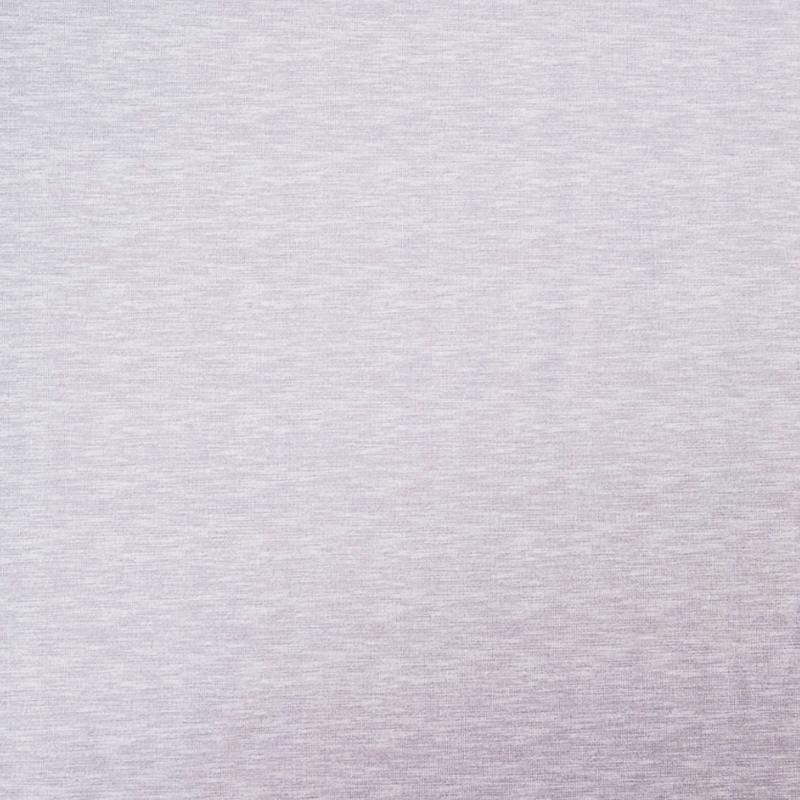Casual wear fabrics can be printed using a variety of techniques, each offering unique benefits and challenges. One of the most widely used methods is screen printing, known for its durability and vibrant colors. This technique involves creating a stencil (or screen) and applying layers of ink onto the fabric. It's highly cost-effective for large orders, making it ideal for mass production of T-shirts, sweatshirts, and other casual items. However, its setup costs can be prohibitive for smaller runs, and it typically limits designs to a few colors, making it less suitable for intricate, multi-colored patterns.
Digital printing, or Direct-to-Garment (DTG) printing, is another popular choice for casual wear, particularly for custom or small-batch items. This method uses inkjet technology to print directly onto the fabric, allowing for high-resolution images and complex designs. Digital printing does not require the creation of screens, making it flexible and more affordable for short runs. However, it tends to be less durable than screen printing, with prints that may fade more quickly with frequent washing, and it can become expensive for larger quantities due to the higher per-unit costs.
Heat transfer printing involves transferring a design from a special carrier paper to the fabric using heat and pressure. This technique is versatile and good for creating detailed, colorful designs, making it suitable for custom apparel and promotional items. It is particularly advantageous for smaller batches. Despite its versatility, heat transfer printing can result in a stiffer texture on the fabric, and the prints are prone to cracking or peeling over time, which can diminish the longevity of casual wear like T-shirts and sportswear.

Sublimation printing is favored for polyester and other synthetic fabrics, using heat to turn dye into gas that permeates the fabric fibers. This results in vibrant, long-lasting prints that don't crack or peel and leave the fabric soft and breathable. It is excellent for full-color designs and complex patterns, making it a popular choice for sportswear and activewear. However, it is limited to polyester or poly-coated fabrics, which restricts its use with natural fibers like cotton.
For those seeking a more unique, artisanal look, block printing is a traditional technique where a carved block is manually used to stamp the design onto the fabric. It is ideal for small-scale production and custom designs, producing unique, intricate patterns. However, it is labor-intensive and not suitable for large-scale production, which makes it less common in mainstream casual wear but popular for specialized items and accessories.
Discharge printing offers another distinct option, particularly for dark fabrics. This technique removes the dye from the fabric in specific areas and can replace it with a new color, resulting in soft prints with a vintage or distressed look. It works best on natural fibers like cotton and is popular for casual wear that seeks a retro aesthetic, such as T-shirts and hoodies. The process is limited to a few color options due to the chemicals involved, which can restrict its application.
Rotary screen printing is a variation of screen printing that uses a cylindrical screen for continuous patterns on large rolls of fabric. It is efficient and cost-effective for high-volume production, making it suitable for large-scale manufacturing of casual wear fabrics. While it supports fewer design details compared to digital printing, it is commonly used for producing bulk quantities of items like T-shirts and leggings.
Stencil printing is a simple and cost-effective method for basic designs, involving the application of color through a cut-out stencil. This method is ideal for simple, bold designs on casual wear like T-shirts and tote bags. While it allows for different colors through separate stencils, it is generally less detailed and time-consuming for multi-color designs.
Lastly, flock printing adds a unique texture by applying glue to the fabric and adding small fibers, creating a velvety finish. This technique is used for decorative accents on casual wear, such as logos or patterns on T-shirts, adding a tactile dimension to the designs. However, it is limited in color and design complexity and less durable for items subjected to heavy use.
Each printing technique offers distinct advantages, and the choice often depends on the desired outcome, the type of fabric, and the production scale. From the vibrant durability of screen printing to the soft, breathable finish of sublimation printing, these methods enable the creation of diverse and appealing casual wear that meets various consumer needs and preferences.







_.jpg?imageView2/2/format/jp2)

.jpg?imageView2/2/format/jp2)

